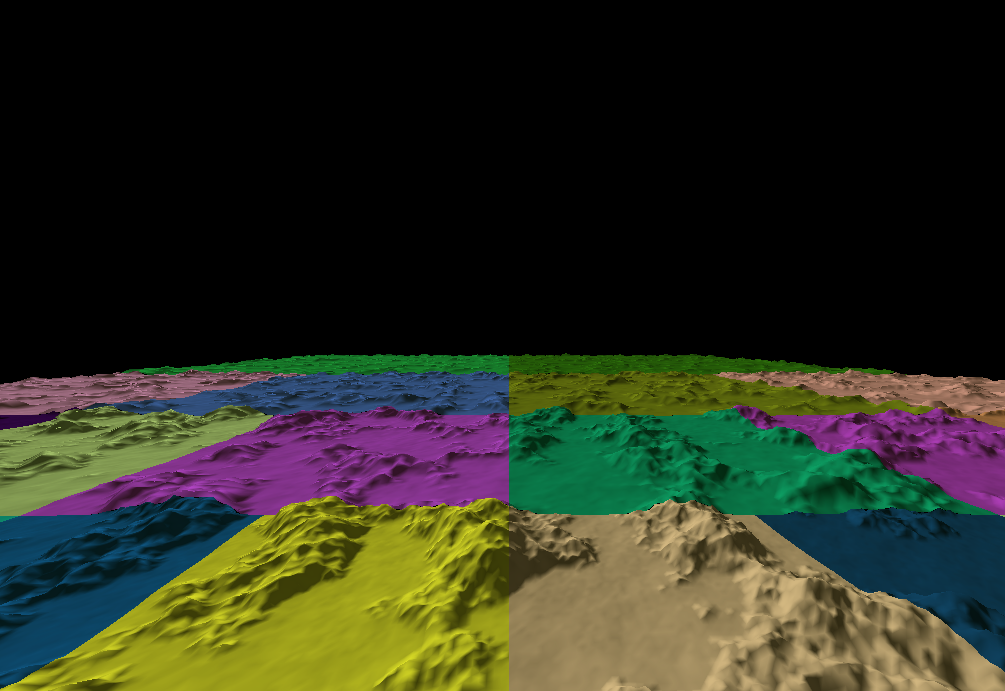Never underestimate the power of erosion.
Also, spend some time looking at actual terrain on Google maps satellite view. One thing you will see is that terrain varies across different scales. In your sample shot, you have two types of terrain: flat and bumpy. All the bumps are the same scale, across the entire terrain, indicating that you are probably just using a simple fractal of some sort. Fractals can be useful as a building block tool, but not really as an end in themselves. Look at throwing other building blocks into your arsenal, such as Worley's cellular functions, domain turbulence, etc... (Here is an example using a cellular F2-F1 function with fractal domain turbulence: clicky). You can also look into using fractals that incorporate the previous layer's derivative, to give a sort of eroded look without an explicit erosion pass. Íñigo Quílez talks about this some, and it is in fact the technique used by the Shadertoy shader in @piluve's post. This article by Giliam de Carpentier presents a couple different variants of derivative noise.
As far as the detail goes, if you are going to use a lower resolution terrain as you are, you can use a normal map that covers the entire terrain to 'fake' the smaller details. Those details wouldn't have any effect on gameplay (ie, they wouldn't affect the geometry that the player walks on) they just affect the visual result, adding shading detail to make it look like the terrain is higher resolution than it really is.







.thumb.jpeg.f31e218e125ef1de39ac1b7752a77fd1.jpeg)





